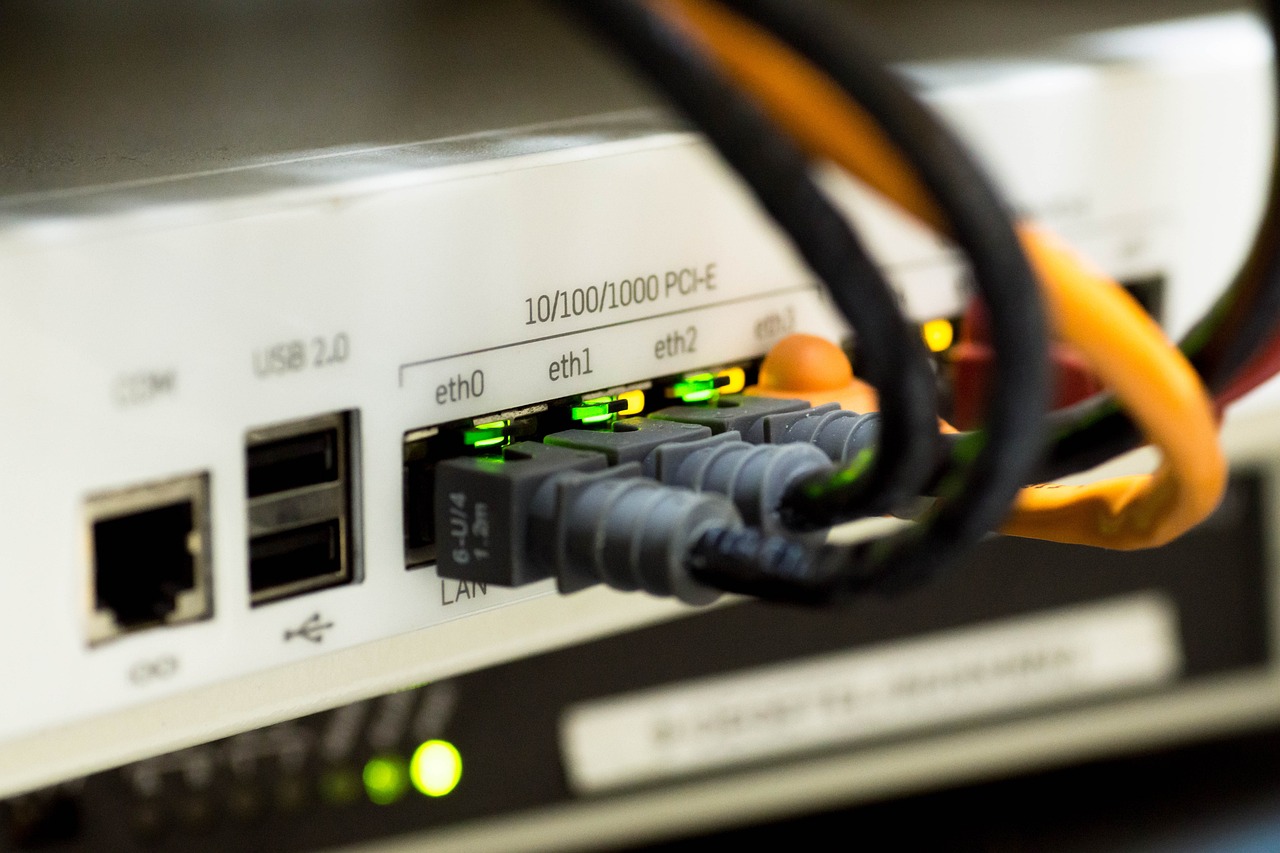Any office system needs a stable and efficient office network for effective operation. A quality ethernet cable is one of the most critical components. Ethernet cables are the lifeblood that transfers data between devices. They ensure smooth connectivity and high performance. There are many to select from, and choosing which one to use may be problematic.
This highly inclusive guide covers ten essential elements when picking the correct ethernet cable for your office setup. With these critical considerations, you can make the best decision about upgrading or adding to your network for maximum efficiency and long-term success in the office.
How to Choose the Right Ethernet Cable for Your Office
1. Cable Category
A fundamental aspect is understanding the categories of ethernet cables. It is a basis for discovering high-performance connectivity and cables’ offered speeds and bandwidth. Categories such as Cat5e, Cat6, and Cat7 are some forms that relate to actual speed and bandwidth capabilities. Cat5e supports up to 1 Gbps, while Cat6 up to 10 Gbps over short distances. Cat7 promises a higher performance with improved shielding. So, assess your network requirements based on the data transfer speeds required for your applications. It ensures that the chosen cable category meets or exceeds the desired speed without over-expenditure.
2. Transmission Speed
The transmission speed of how fast data travels between devices also needs to be measured, either in terms of megabits per second or gigabits per second. Assess how much bandwidth your office needs now and in the future. Suppose your organization handles many large files via video conferencing, or you depend on high-speed internet. In that case, cables such as Cat6 or Cat7 will give your organization the needed performance. Buy a twisted pair cable ethernet with the ideal transmission speed that avoids bottlenecks and ensures smooth network operations.
3. Cable Length
The ethernet cable length affects the strength and integrity of the signal. Cables that are too long can cause signal degradation, resulting in slower speed or complete loss of connectivity. Identify your devices’ distances in the network, then look for the right cable size. If these runs are more than 100 meters, you may have to use some equipment in the network, like switches or repeaters that amplify your signal on the cable. The correct cable length maintains the optimum network speed and does not cause latency unnecessarily.
4. Compatibility
The cables should be compatible with existing networks. All your switches, routers, modems, and network interface cards should be compatible with your chosen cable category. Incompatible parts slow up speeds and even cause network breakdowns. You can take care of this by checking compatibility before installation and ensuring there won’t be any issues when operating them.
5. Shielding Type
These are shielded twisted pair (STP) and unshielded twisted pair (UTP) cables. It all depends on the environment in your office. An STP cable has an extra shielding layer, so it’s very effective against EMI from electrical devices near it. In cases where a setting has high degrees of industrial levels or heavy machinery, it’s best to use STP cables. UTP cables are, however, recommended for minimal EMI office environments. An appropriate shield type selection ensures that the signal and the network’s reliability remain intact.
6. Plenum or Riser Rated
When you install ethernet cables within a building, you must consider fire safety regulations. Cables labeled plenum-rated work in plenum spaces such as air ducts or drop ceilings and have a flame-retardant coating with less smoke emission during a fire. Riser-rated wires are installed vertically between floors; you cannot install them in a plenum space. Choose the proper cable rating based on the environment where the installation occurs to ensure appropriate building safety codes and protection for building occupants.
7. Connector Type
The ends of your ethernet cables should feature connectors that match the devices you intend to connect to. The standard RJ-45 connector for ethernet is suitable for most networking equipment, so as long as your devices accept RJ-45 connectors and you properly terminate them, you should be okay. Proper connection will also reduce signal loss and inefficiency in the network.
8. Cost Considerations
While it’s easy to determine how much you’ll spend, you should balance the time factor and needs versus cost. Cables with higher categories or various features, such as shielding or plenum ratings, will be an additional investment for your network. Still, these features could be reasons enough to spend more on them. Compare the costs of cable types and balance their added value over some time. Quality cabling will save you money later in future network upgrades or troubleshooting.
9. Future Scalability
The selection of ethernet cables then becomes essential, considering scalability. Technology will advance, and your network will demand more powerful data transfer speeds. Therefore, selecting cables supporting higher speeds, such as Cat6a or Cat7, allows you to accommodate future demands without immediate replacements. This foresight enables your network infrastructure to stay in line with increased workloads because you have saved time and other resources.
10. Quality and Warranty
High-quality ethernet cables promote reliability and, consequently, longevity of the network. Use cables from credible makers that provide a warranty or guarantee. A warranty means the manufacturer has faith in their product, and you will have the wires working as stated. Quality cables tend to fail less, which results in less maintenance costs and downtime. High-quality cables positively contribute toward a stable and efficient network environment.
Conclusion
Choosing a suitable ethernet cable for your office setup is quite a consideration. It does depend on many factors, including the speed of your network, the lengths involved, and forward compatibility. All these factors determine which would best fit your current requirements. More or less specific details such as shielding, cable ratings, and connector types ensure perfect cable selection within your particular environment.
Matching cost with quality and scalability lays the groundwork for a robust office network infrastructure. Purchasing quality ethernet cables today is a foundation for your office’s work, not only for the present but also for future development towards attaining long-term success.
Related: How to Browse the Internet Safely? X Basic Tips
Related: Is Dopebox Legal? Pros, Cons, and Alternatives




